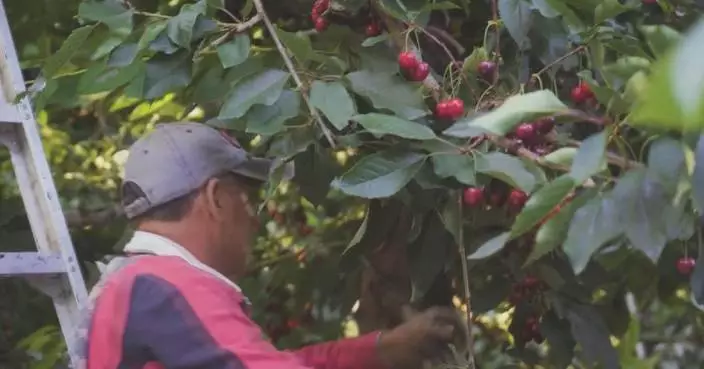The U.S. strategy of playing the "Taiwan card" is aimed at instigating a proxy war by undermining cross-Strait relations and cause internal conflict among the Chinese, said experts in interviews with China Global Television Network (CGTN) on Tuesday.
Lai Ching-te, new leader of China's Taiwan region, aggressively promoted separatist fallacies, attempting to "seek independence by relying on external forces" during his inaugural speech on Monday. George Galloway, a member of the UK Parliament and the leader of the Workers Party of Britain, accused the U.S. of playing the role of chief provocateur, exacerbating tensions in cross-Strait affairs. "Despite acknowledging the fact that there is only one China, the U.S. maintains strategic ambiguity on Taiwan. American officials often use language or take actions designed to intentionally provoke China," Galloway said. Galloway pointed out the U.S. has over 800 military bases abroad, which are mostly ringed around China. "Imagine, if you will, China supplying cruise missiles to separatists in Hawaii, Puerto Rico, Alaska, or Texas ... Also, if the worst happens and a war breaks out, will the U.S. muster all its political and military resolve to come to the aid of Taiwan?" he said. Calla Walsh, an American youth peace activist, echoed Galloway's opinions. "The U.S. surrounds China with foreign military bases and endless military aggression and military drills with other countries like Japan and South Korea and Australia doing military drills, and right around China's territorial waters, so to portray China as the aggressor is absolutely bizarre when I think China has the right to defend its territory against this imperial aggression," she said. Walsh also criticized the U.S. for claiming to support the people of Taiwan while actually exploiting them in their aggressive campaign against China through military expansion. Victor Gao, chair professor at Soochow University and Vice President of the Center for China and Globalization, said that the U.S. plays the "Taiwan card" to impede China's development and cause in-fighting among the Chinese.
"The U.S. real strategic goal was very clear; they want to prevent China's integration with the rest of the world. They do not want China to develop. On the one hand, they say: Yes, we still acknowledge the One-China policy, there is no change. On the other hand, they keep working on hollowing out the real contents. They want to have a situation where the separatists in Taiwan can declare 'we are already an independent country', he said.
"Why is the U.S. doing this? Why do they want to sell more weapons to Taiwan? Because (I think) they want to instigate a proxy war. They want to have people from China's mainland and China's Taiwan province who are both of Chinese background and ethnic composition to fight against each other. It's like asking brothers and sisters to fight amongst themselves", Gao added.

U.S. plays 'Taiwan card" to instigate proxy war: experts









